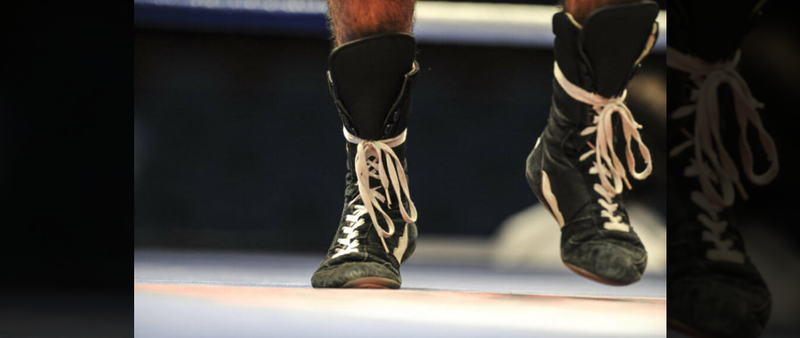
“It is essential to look after our foot mechanics, to reduce injury risk, head to toe. This is why involving a well-versed podiatrist in combat sports is essential.”
When it comes to Combat Athletes, various practitioners are involved in multiple aspects to address certain requirements. There aren’t many podiatrists that play an active role with combat athletes. Being a podiatrist myself, I am asked what my role is with Combat Athletes regularly. The best explanation is that, mechanically, it all starts from the ground up with our feet as the contact point.
Having trained and competed in combat sports such as; Wrestling, Brazilian Jiu-Jitsu, MMA, Boxing and Muay Thai, helps me understand the relevant functional movements which are required in these sports. In combination with my clinical experience, it enables me to be a well versed and specialised podiatrist. Currently I am working with a number of well known national and international combat athletes, including current UFC Welterweight Jake Matthews and rising star Thomas David.
As podiatrists we have dedicated vast amounts of time and effort to study the lower limbs, focusing on the foot and ankle. In combat athletes we see a high number of lower limb injuries ranging from knee, foot, ankle and lower leg. To increase the chances of preventing these injuries, and to improve performance overall, health practitioners should be part of a collaborative team approach. Podiatrist’s are just one of the cogs required to form a well functioning, high performance team.
On initial consult, my baseline functional lower limb assessments start from the hip down. I assess passive and active range of motion (ROM) and strength, foot profile, gait analysis, neuromuscular testing, and landing mechanics. From this I can assess an athletes baseline, and form a pathway towards improving performance outcomes.
An integral part of podiatry is gait (walking/running) analysis. The focus is on the athlete’s gait cycle, and how each function is performed during the various gait phases. When performing a gait analysis, each phase is observed to determine if any abnormalities require intervention. If left untreated, it could lead to injury, or reduced performance. These are corrected through education regarding footwear, prescribing orthotics, gait training and lower limb strengthening. Combat athletes spend the majority of time barefoot when training and competing, thus the primary focus is on gait training and strengthening.
I also analyse the athletes functional movement during their training e.g grappling, striking, or MMA sparring. I observe any muscle imbalances/abnormalities, poor neuromuscular control, current/previous injury, in order to reduce the risk of injury. Assessment of injury risk factors are broken down into modifiable and non-modifiable factors. We then create an injury prevention program, based on our findings.
From a treatment perspective, ongoing maintenance is required to enable the athletes to train and compete to their fullest. This involves manual therapy such as;
deep and soft tissue massage,
trigger point therapy,
dry needling,
radial extracorporeal shockwave therapy and
joint mobilisation.
In combination with the hands on treatment, we personalise injury prevention and management plans, as well as progressive strengthening plans to work on muscle weakness/imbalances and to increase performance potential.
My goal is to keep the athletes training, especially if their lower limbs have been injured. Modifying training regimes and programs, allow the injury to heal while maintaining the skill and fitness levels. It is essential to look after our foot mechanics, to reduce injury risk, head to toe. This is why involving a well versed podiatrist in combat sports is essential.
– Mundeep Johal (BPodMed) Sports Podiatrist/Clinic Director Comfort Feet Tullamarine
@the_fight_podiatrist @comfortfeet_tulla
